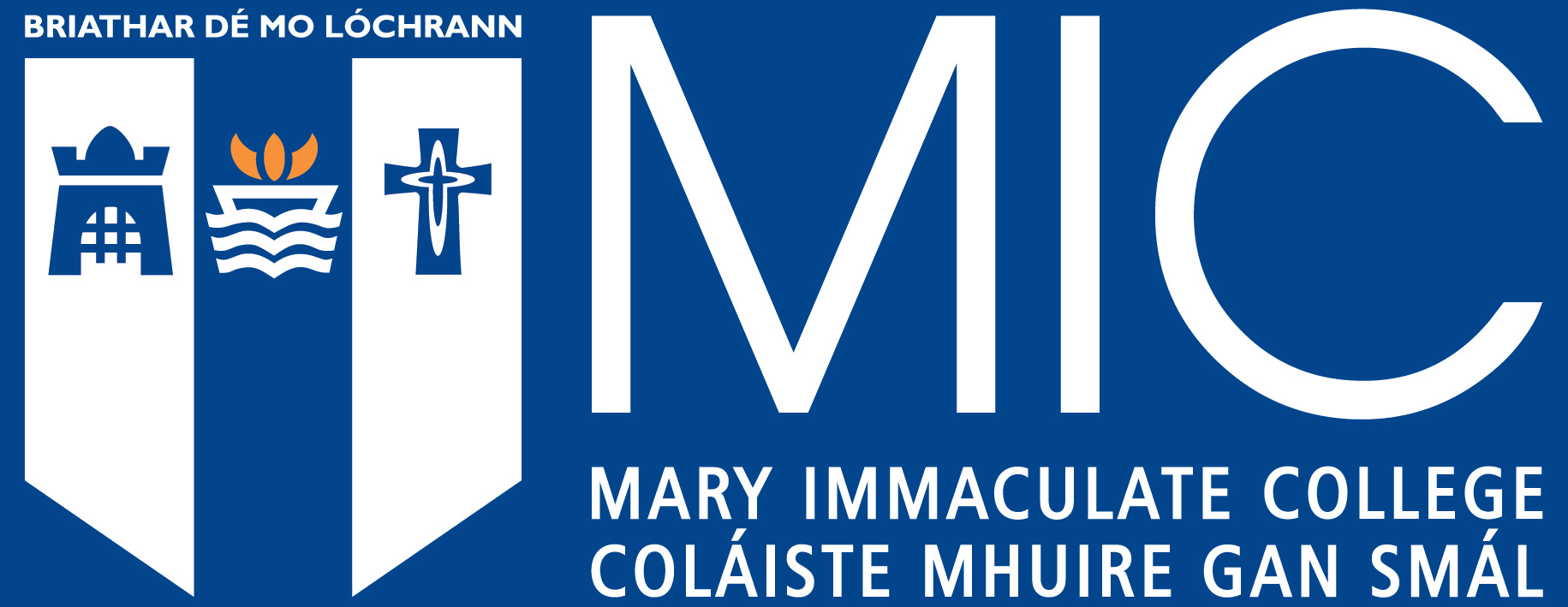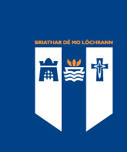Adaptation of English literature texts in the context of the Junior Certificate: a student-centred and theoretical interrogation.
Abstract
The idea for this thesis first came to light while teaching my first year students the novel The Boy in the Striped Pyjamas. I was asked why they had to read the novel when a film had already been made. In today‘s fast-paced society, many people rely on films rather than the written word yet, for the purposes of the Irish State Examinations, students need to have a deep insight of the written text at hand. Throughout this thesis, I will argue the importance of utilizing filmic adaptations within the classroom while at the same time highlighting the importance of the limitations of this medium. Adaptations are not mirror images of the source text. Directors, scriptwriters, producers and actors all put their own indelible mark on a film and therefore can often change the meaning, story or characters. To rely solely on this medium would drastically effect a student‘s understanding and learning of a particular text. I intend to use four primary texts and their filmic counterparts; To Kill a Mockingbird, The Boy in the Striped Pyjamas, Romeo and Juliet and Hamlet. I will also discuss a range of novels, plays and films to emphasise the importance of seeing the process of adaptation as a genre and recognising the filmic adaptation as a new text. I will look at the intricate nature of adaptation and explore the reasons for inclusions and omissions whilst adapting a literary work.
In the Introduction, I will look at the current situation of adaptations and how a literary work is adapted. In Chapter One, I will focus predominately on The Boy in the Striped Pyjamas and its filmic counterpart directed by Mark Herman. Chapter Two will explore To Kill a Mockingbird and the filmic adaptation directed by Robert Mulligan. Chapter Three will look at William Shakespeare‘s play Hamlet and filmic adaptations by Franco Zeffirelli and Kenneth Branagh. Chapter Four will explore Romeo and Juliet and filmic adaptations by Baz Luhrmann and Franco Zeffirelli. I will then present my findings and conclude my thesis, weaving together my reasoning for seeing the process of adaptation as a genre in itself and the filmic adaptation as a new text.
Keywords
Filmic adaptionJunior Certificate English literature


